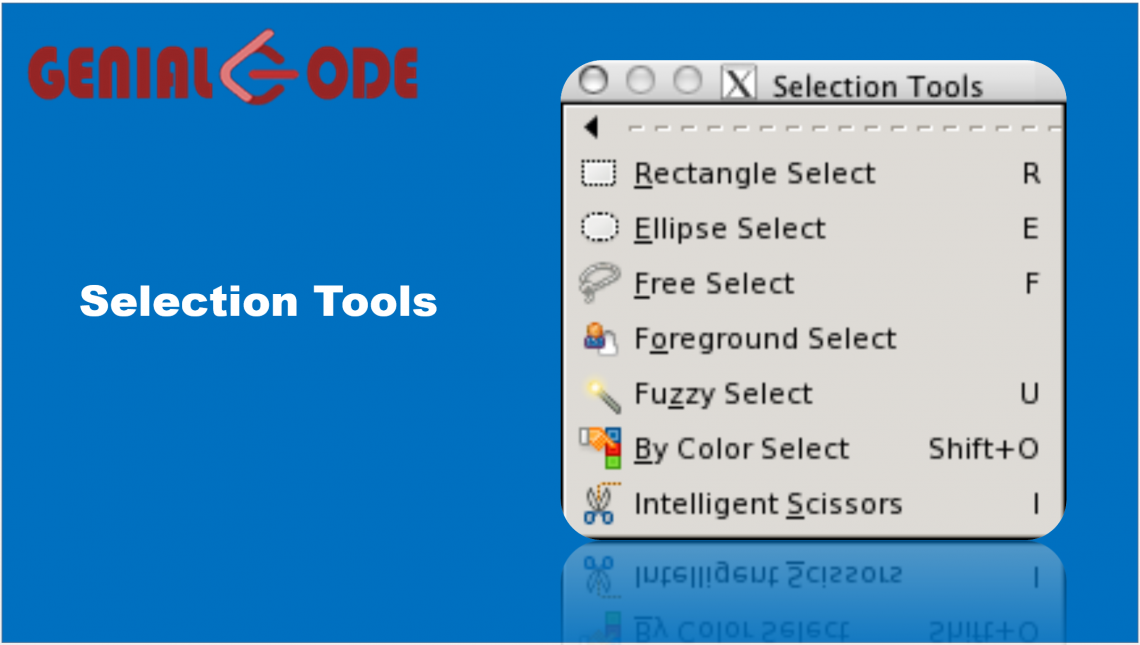10 Essential Photoshop Tools Every Designer Should Know sets the stage for this enthralling narrative, offering readers a glimpse into the indispensable tools that can elevate their design projects. Whether you are a budding designer or a seasoned professional, mastering these tools can dramatically enhance your creative process and output. From essential selection tools to advanced editing features, each of these tools plays a vital role in refining your work and achieving stunning visual results.
As we delve deeper into the world of Photoshop, we will explore the unique capabilities and functionalities of each tool, providing insights on how they can be best utilized in various design scenarios. Understanding these tools not only streamlines your workflow but also empowers you to bring your artistic vision to life with precision and flair.
In today’s fast-paced world, understanding the importance of effective communication is more crucial than ever. Communication serves as the backbone of every relationship, whether personal or professional. In this article, we’ll explore different elements of communication, the barriers that can impede its effectiveness, and tips to enhance your communication skills for better interactions.### Understanding CommunicationAt its core, communication is the process of transferring information from one person to another.
It involves not just the words we speak but also our body language, tone of voice, and even the silence between words. There are several forms of communication, including verbal, non-verbal, written, and visual. Each form has its nuances and serves different purposes.
1. Verbal Communication
This includes any spoken words, whether in person or over the phone. It’s essential to choose your words carefully, as they can significantly impact how your message is received.
2. Non-Verbal Communication
This encompasses body language, facial expressions, gestures, and eye contact. Often, non-verbal cues can convey more than words themselves. For instance, crossed arms may suggest defensiveness, while a smile can indicate openness and friendliness.
3. Written Communication
This includes emails, reports, texts, and any other written form of conveying information. Clarity and conciseness are key in written communication, as the reader cannot see the sender’s body language or hear their tone of voice.
4. Visual Communication
This form includes graphs, charts, images, and other visual aids that help enhance understanding. Visuals can often clarify complex information that might be confusing when presented in text form.### The Importance of Effective CommunicationEffective communication is essential for numerous reasons:
Building Relationships
Good communication fosters trust and strengthens relationships. It allows individuals to express their thoughts and feelings, leading to deeper connections.
Facilitating Collaboration
In a work environment, effective communication is vital for teamwork. Clear communication helps teams to work efficiently towards common goals.
Conflict Resolution
Misunderstandings can arise easily in any relationship. Effective communication allows individuals to address conflicts openly, leading to resolutions rather than lingering tension.
Improving Productivity

When communication flows freely, individuals can work more efficiently. They spend less time clarifying misunderstandings and more time focusing on their tasks.### Barriers to Effective CommunicationDespite its importance, several barriers can hinder effective communication. These barriers can stem from personal, situational, or environmental factors:
1. Cultural Differences
Different cultures have distinct communication styles, gestures, and interpretations. What is considered polite in one culture may be perceived differently in another.
2. Emotional Barriers
Personal emotions can cloud judgment and affect how messages are conveyed and received. If someone is angry or upset, they may not communicate clearly.
3. Physical Barriers
These include environmental factors such as noise, distance, and physical obstacles that can interfere with the transmission of messages.
4. Perceptual Barriers
Individual perceptions shape how we interpret messages. If a person has preconceived notions about someone, it may impact their understanding of that person’s message.
5. Language Barriers
Misunderstandings can occur when individuals do not share a common language or when technical jargon is used without clarification.### Tips for Enhancing Communication SkillsImproving communication skills is a continuous process. Here are some tips that can help you communicate more effectively:
Listen Actively
Ensure you’re truly listening to the speaker rather than just waiting for your turn to respond. Active listening involves giving your full attention, acknowledging their message, and providing feedback.
Practice Empathy
Try to understand the other person’s perspective. Empathy can bridge gaps in communication and foster understanding.
Be Clear and Concise
Whether spoken or written, clarity in your communication helps prevent misunderstandings. Avoid jargon unless necessary, and be straightforward.
Use Non-Verbal Cues Wisely
Be aware of your body language and how it aligns with your verbal messages. Consistency between the two can enhance your credibility.
Ask Questions
If something is unclear, do not hesitate to ask for clarification. This not only helps you understand better but also shows the speaker that you are engaged.
Tailor Your Communication Style
Different situations and audiences may require different communication styles. Be adaptable and modify your approach based on the context and the individuals involved.
Provide Constructive Feedback
When giving feedback, focus on the behavior rather than the person. Be specific and offer suggestions for improvement.### The Role of Technology in CommunicationIn the digital age, technology plays a significant role in communication. While it offers various tools to enhance communication, it also presents unique challenges. For instance, emails and text messages lack the non-verbal cues present in face-to-face conversations, which can lead to misinterpretations.Social media platforms have revolutionized how we interact, enabling us to connect with people globally.
However, the potential for misunderstandings increases with the absence of context and non-verbal signals. It’s important to remain mindful of these factors when communicating online.### ConclusionIn conclusion, effective communication is a multi-faceted skill that impacts every aspect of our lives. By understanding the different forms of communication, recognizing potential barriers, and applying practical tips to enhance our skills, we can foster better relationships, improve collaboration, and navigate conflicts more successfully.
As we continue to evolve in our communication practices, let’s embrace the challenges and opportunities that come with each interaction. With dedication and practice, effective communication can become second nature, enriching our personal and professional lives.



